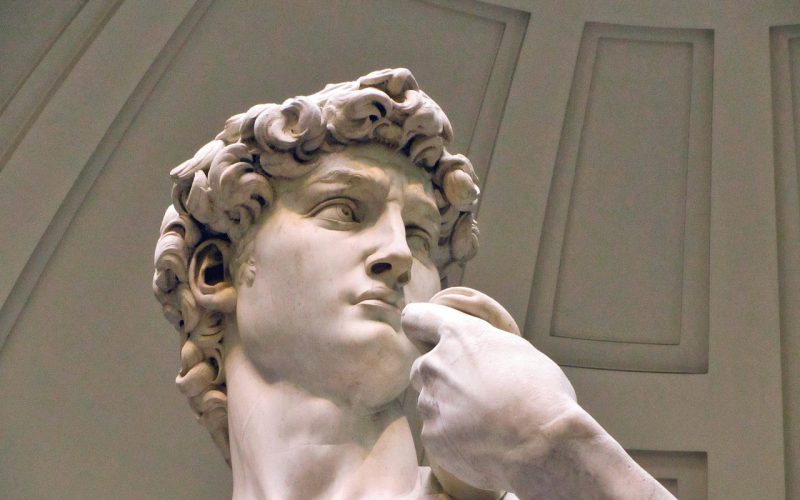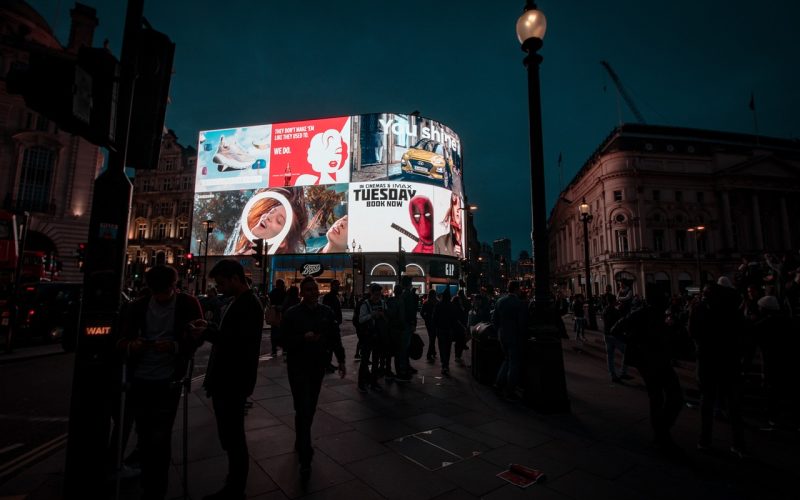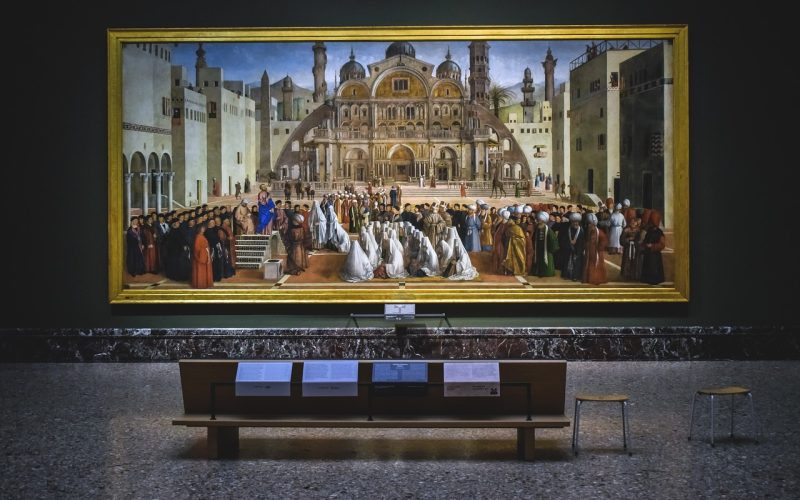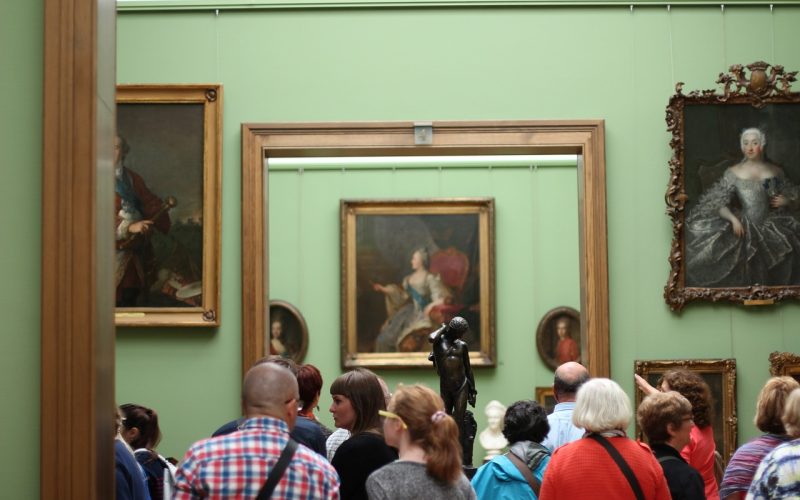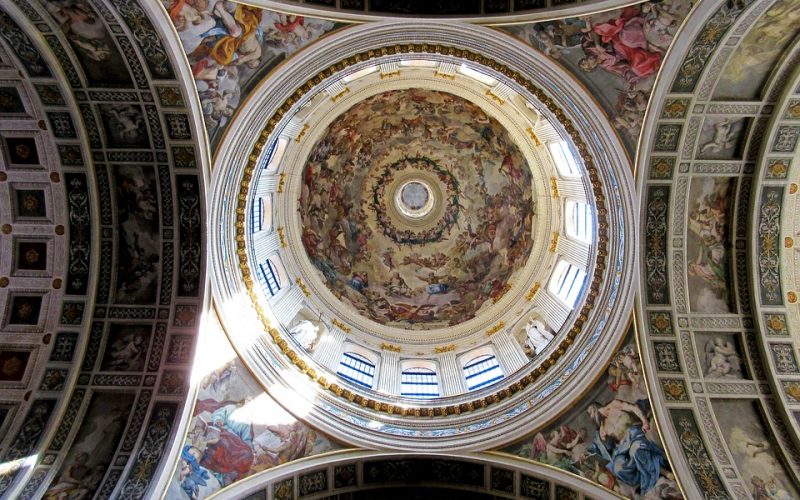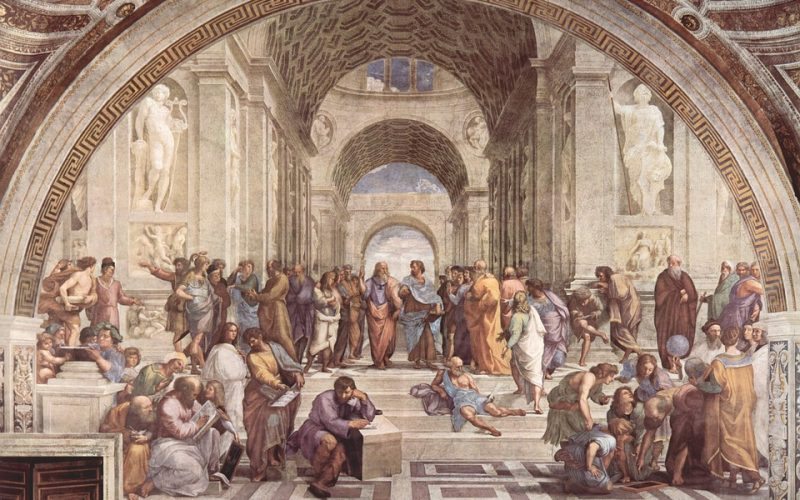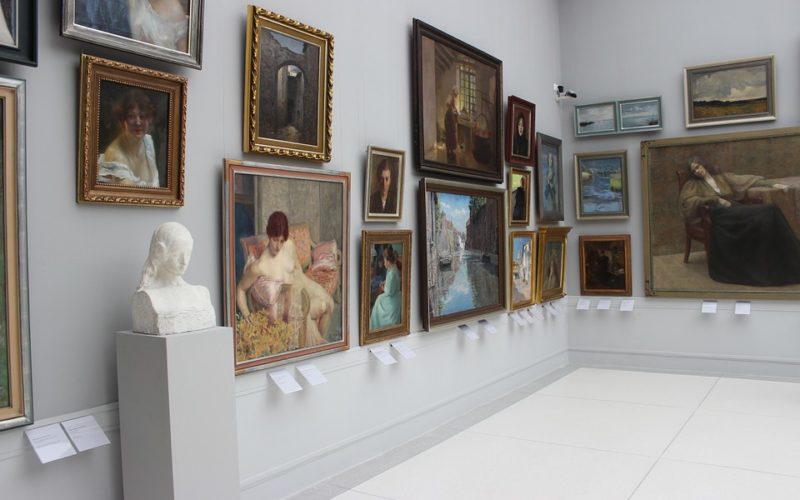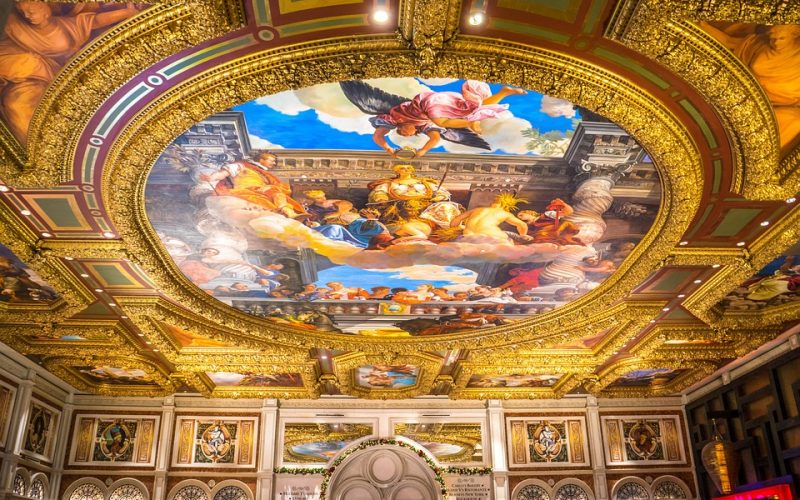Renaissance art, spanning the 14th to the 17th century, represents a pinnacle of artistic achievement whose influence persists in contemporary culture. These works mark a profound shift in artistic expression and intellectual exploration, reflecting a renewed interest in classical antiquity, humanism, and naturalism. Despite the centuries that have passed since their creation, Renaissance paintings continue to captivate modern audiences with their technical brilliance and profound thematic relevance.
The revival of classical ideals
One of the defining characteristics of Renaissance art is its revival of classical ideals. Artists like Leonardo da Vinci, Michelangelo, and Raphael drew inspiration from ancient Greek and Roman art, emphasising harmony, proportion, and balance in their compositions. This return to classical principles brought about a transformation in how subjects were depicted, moving away from the flat, symbolic representations of the medieval period to more lifelike, three-dimensional forms. The renewed focus on realism and the accurate portrayal of the human body contributed to an enduring legacy that continues to influence modern art and design.
Advancements in technique
Renaissance artists were pioneers of several ground breaking techniques that revolutionised painting, many of which are still used today. The development of linear perspective, attributed to Filippo Brunelleschi, created the illusion of depth and space on a flat surface, allowing for more dynamic and realistic compositions. Similarly, chiaroscuro, the use of strong contrasts between light and dark, added dramatic intensity to paintings, as seen in works like Caravaggio's "The Calling of Saint Matthew." These innovations, among others, demonstrated the artists' deep understanding of optics and anatomy, cementing their works' status as masterpieces.
Humanism and individualism
Renaissance art was deeply intertwined with the intellectual movement of humanism, which placed a strong emphasis on the potential and accomplishments of individuals. This philosophical shift is evident in the era's art, where there was a greater focus on individual expression and the portrayal of a wide range of human emotions. Portraits became a popular genre, with artists capturing not only the physical likeness of their subjects but also their psychological depth. Leonardo da Vinci's "Mona Lisa," with her enigmatic smile, epitomises this trend, showcasing the artist's ability to convey complex emotions and inner life.
Religious and secular themes
While religious themes continued to dominate Renaissance art, the period also saw an increased exploration of secular subjects. This expansion of subject matter reflects the broader cultural changes of the time, as society began to value the study of the natural world and human experience alongside spiritual matters. Paintings such as Botticelli's "The Birth of Venus" illustrate the blending of mythological and allegorical content with traditional religious iconography. This diversity of themes provided a rich tapestry for artists to explore, contributing to the timeless appeal of their work.
The role of patronage
The flourishing of Renaissance art was, in part, due to the support of wealthy patrons, including the Medici family in Florence and the papacy in Rome. Patronage not only provided artists with the financial means to create their masterpieces but also influenced the subjects and styles they explored. This symbiotic relationship between artists and patrons allowed for the production of grand-scale works that demonstrated both technical skill and intellectual depth. The patronage system ensured that many of these artworks were preserved and appreciated over the centuries, allowing them to remain accessible to contemporary audiences.
Enduring influence and legacy
The impact of Renaissance art extends far beyond its historical context, shaping the course of Western art for centuries to come. Its emphasis on realism, perspective, and humanism laid the groundwork for future artistic movements, from the Baroque to the Neoclassical and beyond. The timeless quality of Renaissance paintings is evident in their ongoing presence in museums and galleries worldwide, where they continue to inspire both artists and art lovers alike. By capturing the essence of human experience in ways that transcend time and place, Renaissance art remains a testament to the enduring power of creative expression.
